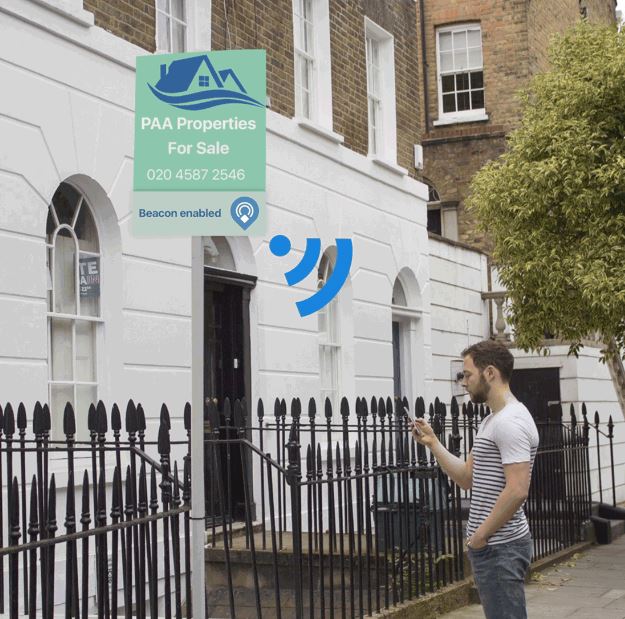
Exploring the Next Phase of Beacon Technology

The ability to deploy a network of interconnected everyday objects
that can both collect and exchange data, means creating engaging physical
experiences intertwined with digital touchpoints is no longer science fiction.
Truly, our world is becoming ever more connected.
At Partners Andrews Aldridge, we’ve been exploring the IoT (Internet of Things), and specifically, one aspect of this: Google's new ‘Eddystone’ beacons.
What are beacons?
Beacons can best be described as a physical, low-cost, micro-location technology. These communicate with devices, enabling them to better perform hyper-contextually relevant actions (e.g. location-based) by constantly transmitting a unique Bluetooth radio signal. Beacons can be deployed at fixed places such as airports, museums, and bus stops, and attached to movable objects such as bicycles, kiosks, and taxis.
Wait, haven’t beacons been out awhile?
Yes. The first instance was delivered in the form of
iBeacons, developed by Apple in 2013. Whist the hardware has largely remained
the same, how users interact with beacons is fundamentally different. iBeacons
were (and still are) limited in the information they broadcast, with just one
unique (UID) number the only option. This was an oversight by Apple, requiring
that users download a native app to understand the UID being broadcast, before
they can access the hyper-contextually relevant content available. This creates
bottlenecks. The likelihood of users already having the correct app to interact
with an iBeacon technology is unlikely, and convincing a user to download a
native app in the spur of the moment, is equally doubtful.
Enter Google’s Eddystone protocol, an open beacon format
that works with both Android, and iOS. It embraces what iBeacons can do, and
adds even more real-world context to it. Beacons that support the Eddystone
protocol specification can work on multiple levels that iBeacons cannot:
Eddystone-UID - a beacon’s unique ID number. This triggers
push notifications or app actions, just like ibeacons.
Eddystone-TLM (Telemetry) - enabling you to trigger
different actions based on sensors attached to the beacon, such as temperature,
air pollution, loudness, or humidity.
Eddystone-URL - a URL that can be broadcasted by a beacon.
The last of these, Eddystone-URL, is hugely significant. It
allows for what Google has dubbed ‘The Physical Web’, and enables beacons to
broadcast a URL (i.e. a website). These appear as a notification on a user’s
device, and empower users to access hyper-contextually relevant content,
without needing to download a native app.
Putting the technology to use: ‘PAA Properties’
We decided to put the Eddystone-URL technology to use with a
real world example. Consider ‘for sale’ signs outside properties. People often
walk past these, and if they’re intrigued, they’ll attempt to remember the
street and house number/name to look it up later. Getting hyper-contextually
relevant content (i.e. right place, right time) about the property is harder
than it should be.
PAA Properties is here to help. By using an Eddystone beacon
embedded inside ‘for sale’ signs, we’re able to passively notify anyone who
walks past with a unique URL. This points to a mobile optimised website,
displaying images of the property for sale, the cost, a description, and a link
to call the estate agents to book an appointment.
How does it work?
Beacon
We’ve configured a
£20 eddystone beacon to point to a unique URL. With some initial minimal user
setup, the user is able to walk past the sign and trigger a Chrome
notification. This displays the description (pulled directly from the website)
and the URL. When the user clicks the notification they’re pushed directly to
the website inside the phone's browser.
Website
We coded a simple
mobile site for demonstration purposes. It’s populated with images of the
property for sale, along with contextual information, and a simple action
trigger to directly call the estate agents. The mobile app was built from
scratch using HTML5 and Materialize; a CSS framework.













